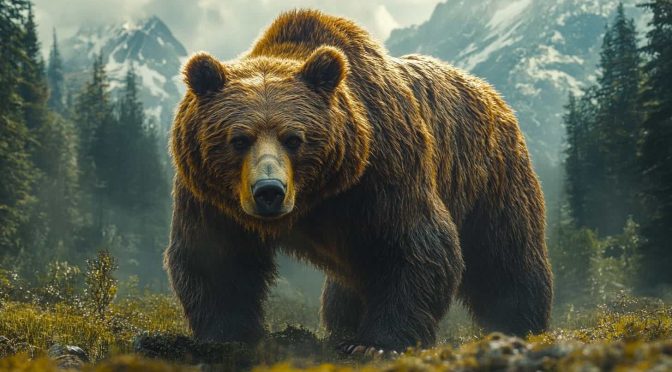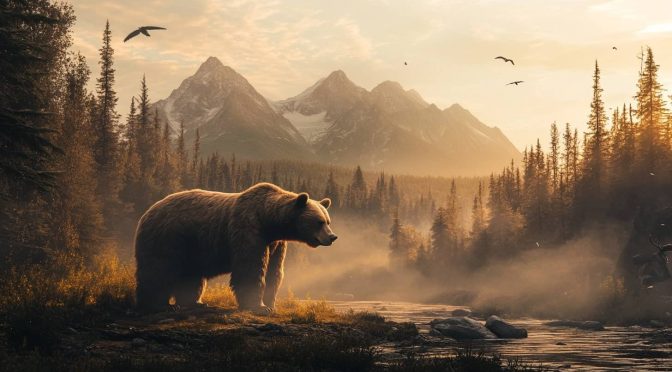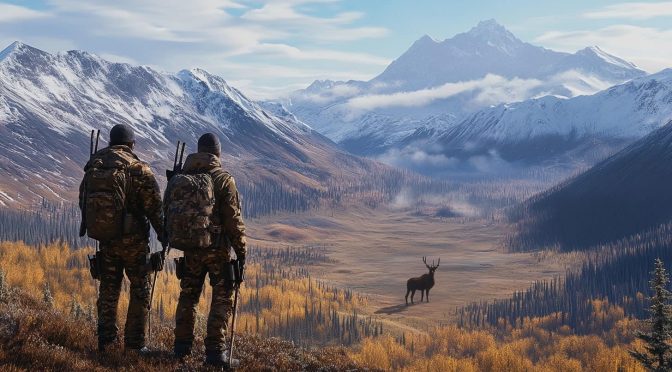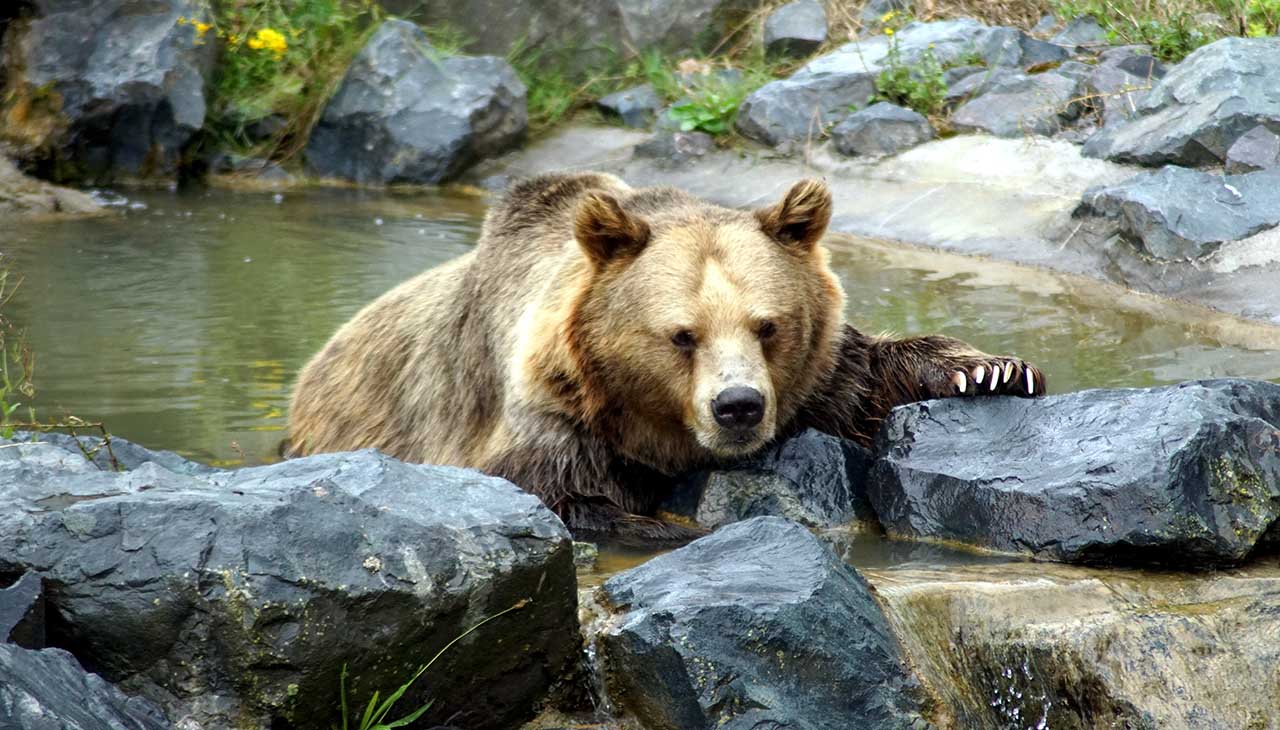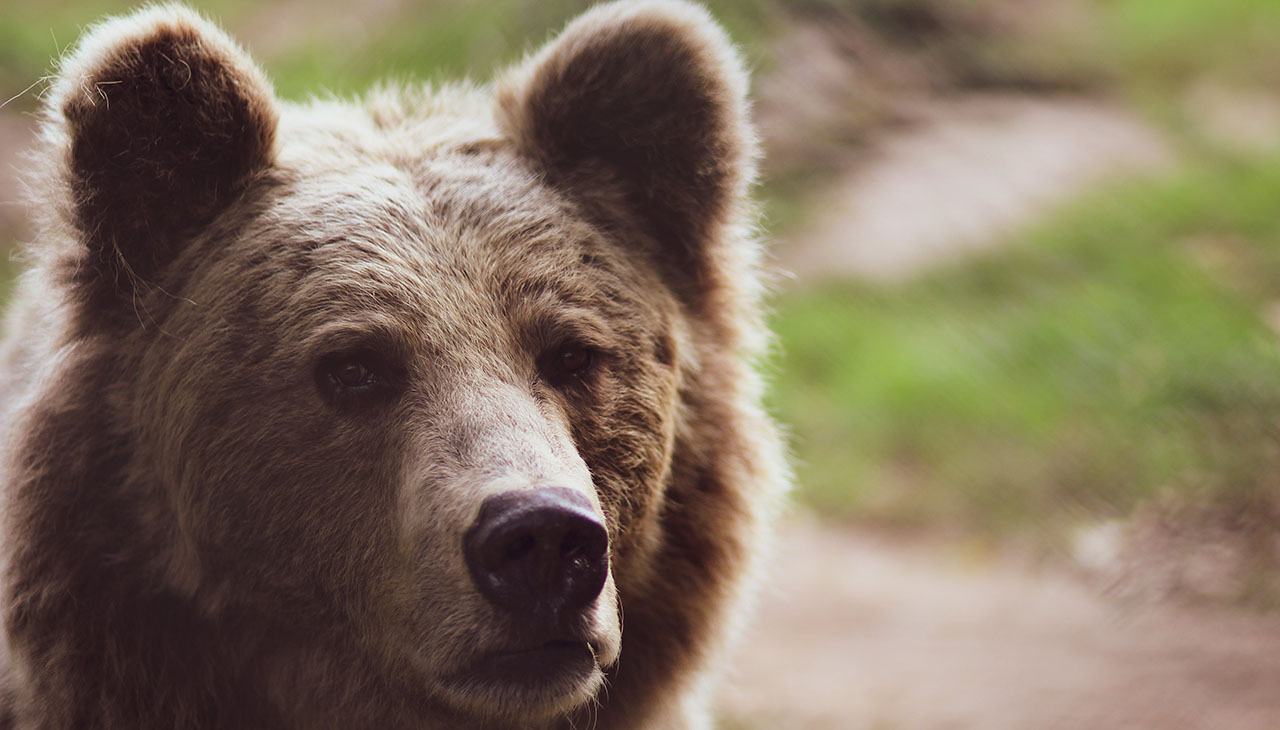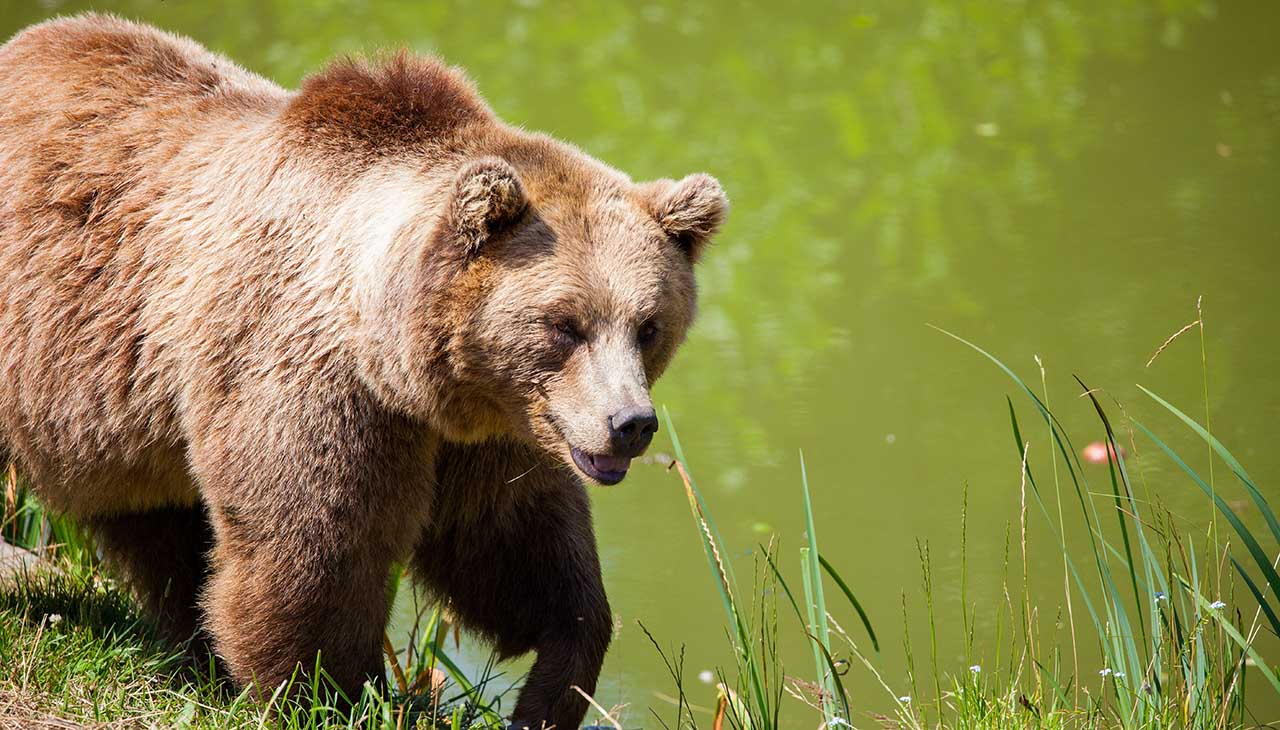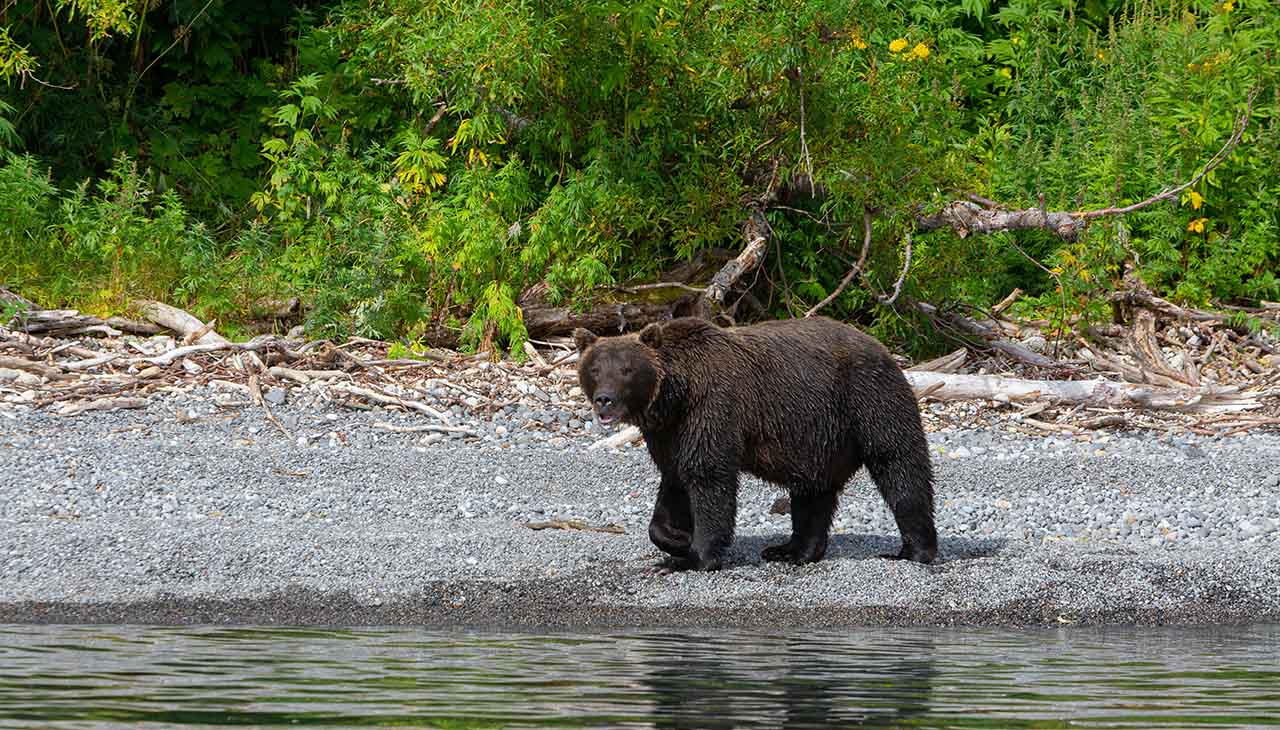Kodiak bears (Ursus arctos middendorffi) are among the most coveted trophies in big-game hunting. Found exclusively on the Kodiak Archipelago in Alaska, these massive bears stand as one of the largest carnivores on Earth. Trophy hunting for Kodiak bears requires exceptional skill, careful preparation, and a deep respect for the species and its habitat. This guide provides everything you need to know for a successful and ethical hunt, from legal requirements to essential gear and expert strategies.
Understanding Kodiak Bears: Size, Habitat, and Behavior
Kodiak bears are a distinct subspecies of the brown bear, known for their immense size and thick fur. Males can reach up to 1,500 pounds or more and stand over 10 feet tall when on their hind legs. Unlike mainland brown bears, Kodiak bears live in relative isolation, resulting in unique genetic traits and behaviors.
These bears inhabit the dense forests, tundra, and rugged coastlines of Kodiak Island, relying heavily on seasonal food sources like salmon, berries, and marine life. Understanding their feeding patterns and territorial behavior is crucial for locating a prime trophy bear.
Legal Considerations and Hunting Permits
Trophy hunting of Kodiak bears is strictly regulated by the Alaska Department of Fish and Game (ADF&G). Hunters must obtain a permit through a limited-draw lottery system, ensuring sustainable bear populations. Additionally, non-resident hunters are required to be accompanied by a registered guide or an Alaskan resident with a hunting license.
Hunting seasons vary, with prime opportunities in the spring (April-May) and fall (October). Each season presents unique challenges: spring hunts involve tracking bears emerging from hibernation, while fall hunts coincide with salmon runs, making bears more active and visible near rivers.
Choosing the Right Gear for Kodiak Bear Hunting
Success in Kodiak bear hunting depends heavily on having the right equipment. Here’s what every trophy hunter should bring:
- Firearms: A high-caliber rifle, such as a .338 Winchester Magnum or .375 H&H, is recommended for the stopping power needed against such a large predator.
- Optics: High-quality binoculars (10×42 or better) and a spotting scope help identify trophy-sized bears at long distances.
- Clothing: Waterproof, insulated, and camouflaged gear is essential for Kodiak’s unpredictable weather.
- Survival Equipment: GPS, satellite phone, emergency shelter, and first-aid kits are crucial for safety in the remote wilderness.
- Hunting Pack: A sturdy, high-capacity backpack for carrying supplies and meat after a successful hunt.
Tracking and Spotting Trophy Kodiak Bears
Identifying a true trophy bear takes patience and experience. Here are key indicators of a prime specimen:
- Size: Look for broad shoulders, a thick neck, and a large head, which signify an older, dominant male.
- Coat Quality: A rich, thick, and uniform coat is ideal for taxidermy mounts.
- Gait and Posture: Older bears have a slower, deliberate gait, whereas younger ones are more agile and restless.
- Claw Length: Longer, well-worn claws are characteristic of mature bears.
Hunters typically glass hillsides, riverbanks, and open meadows to spot bears from a distance before planning a stalk. Early mornings and late afternoons are the best times for sightings.
Ethical Considerations and Shot Placement
Ethical hunting ensures a quick, humane kill. The best shot placement for a Kodiak bear is:
- Broadside: Aim for the vital zone behind the shoulder to target the heart and lungs.
- Quartering Away: A well-placed shot through the ribcage can reach vital organs.
- Head and Neck: Not recommended due to the risk of non-lethal shots.
A successful shot should drop the bear quickly to avoid a dangerous follow-up. Hunters should be prepared for tracking in case of a non-instant kill.
Field Dressing and Trophy Preservation
Once a bear is down, the work begins. Proper field dressing preserves the hide and meat while meeting legal requirements:
- Skinning: Use a sharp skinning knife to carefully remove the hide without damaging the fur.
- Meat Processing: While many hunters focus on the hide, Kodiak bear meat is required by law to be salvaged in spring hunts.
- Transport: Bears are heavy, requiring multiple trips or pack animals to carry out the trophy.
Many hunters opt for professional taxidermists to mount their bears, ensuring a lasting memory of the hunt.
Final Thoughts: Preparing for a Once-in-a-Lifetime Hunt
Trophy hunting Kodiak bears is a challenging but rewarding experience that requires careful preparation, skill, and respect for the wilderness. By understanding the legalities, selecting the right gear, and applying expert tracking techniques, hunters can increase their chances of success while ensuring ethical and sustainable hunting practices. Whether you’re a seasoned big-game hunter or planning your first Kodiak adventure, a well-planned hunt can result in the trophy of a lifetime.

